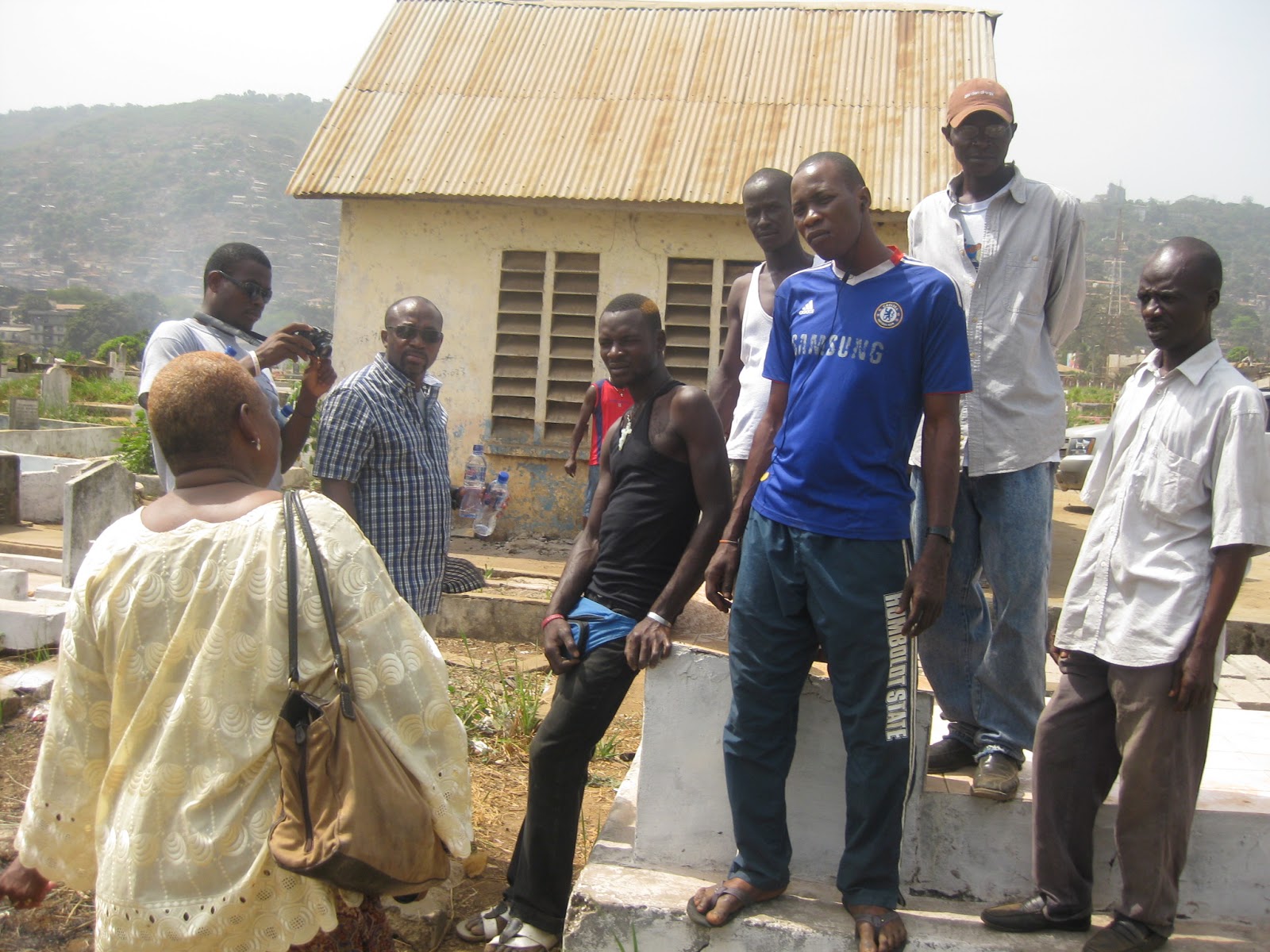 |
| Independence Mural in Centennial Pavilion in Monrovia, Liberia |
Looking for Blyden laid the trap for me that in which I happily am ensnared. I read with keen interest Blyden’s account of his association with Sinoe County and, too, what today is called Grand Bassa (in Blyden’s day it merely was Bassa County). In an essay entitled “A Chapter in the History of Liberia” and a section entitled “Prelude to Independence,” I read:
In Bassa County, owing to certain misrepresentations and misconceptions, there was curiously at first a strong feeling on the part of a few against assuming an independent attitude; but there were clear-headed and able men in the country at the time, who overcame the plots of the factious and discontented.
In a short paragraph Blyden shines a light on the tensions in Liberia a few years before the push for independence. The last white Governor—Thomas Buchanan—of the Colony of Liberia died in 1841 following a “violent attack of fever” (it must have been either yellow fever or malaria). His replacement was John Joseph Roberts, a mulatto born in the US and destined to become Liberia’s first President.
Blyden continues:
There were resident here then [such as] Rev. John Day, with his cultivated and critical intellect . . . . There were giants in those days. When the time arrived for the convention to form a Constitution for the new State, Bassa sent four of her strongest men to represent her in that important assembly—John Day, A. W. Gardner, Amos Herring, Ephraim Titler.
 |
| Judge John Day 1797-1859 |
It was John Day that caught my attention. I had remembered that my good friend, Gerald Thomas, had told me about a free black man, Thomas Day, in North Carolina/Virginia who was a master furniture maker in the late 1700s. I read that John Day came to Liberia and made a living as a cabinet maker. My first impulse was to think that John and Thomas Day were the same person. Turns out the John Day was the younger brother of Thomas Day.
John Day was on the second ship that sailed from America with freed slaves and free black men. His passion for Liberia was evangelistic, despite the fact that he was not formally trained as a theologian. Day was a self-starter, we would say in our century. He read widely and became a competent theologian, physician, and lawyer (all by 19th century Liberian standards, mind you).
 |
| detail of the Independence Mural (see "John Day" in fourth line) |
In Liberia Day had the stature of Jefferson, Franklin, or Adams. Not only did he sign the Declaration of Independence in 1847, soon his presence in Monrovia was required for the shaping of the new Republic. He accepted the call as Pastor of the Providence Baptist Church—the first church in Liberia in 1822. And, too, he rose in reputation and influence to become the second Chief Justice of the Supreme Court of Liberia. He was, you recall, self taught.
When Day died in 1859, Edward Wilmot Blyden delivered the eulogy at Providence Baptist Church. What a piece of writing, and, I imagine, oratory. For twenty-two pages I was riveted, imagining the scene (and glad that I had not know in 2007 what I know now; in 2007 I preached from that same pulpit).
 |
| original pulpit, c. 1820s Providence Baptist Church Monrovia, Liberia |
Near the end of his eulogy, Blyden recounted Day’s demise:
On Sunday, the sixth of February [1859], he came, as was his custom when able to walk, to this house [Providence Baptist Church], where a large and eager congregation was anxiously waiting to hear the words of wisdom and counsel which were to fall from his lips. He conducted the preliminary exercises with his usual ease and dignity; but, alas! the “silver cord was loosed,” and his audience knew it not. When he arose to announce his text, he was seized with such weakness as rendered him wholly unable to proceed. Having been taken home, he went to bed, but from that bed he rose no more. On the fifteenth of February his spirit was summoned to eternal realities. The last assembly he met on earth was an assembly of God’s people, with whom he was assaying to worship.
Perhaps I may be excused my distraction. It was, after all, dramatic. And, too, it feeds my primary focus upon Blyden. The passion of Blyden for his contemporary and friend, Judge John Day, deepens my understanding and appreciation for the heritage of Liberia and the legacy of Edward Wilmot Blyden.



























